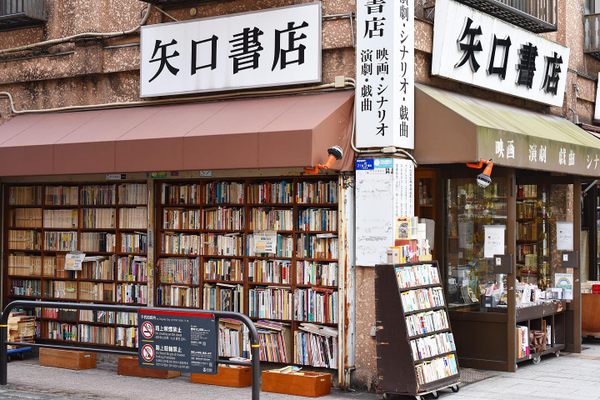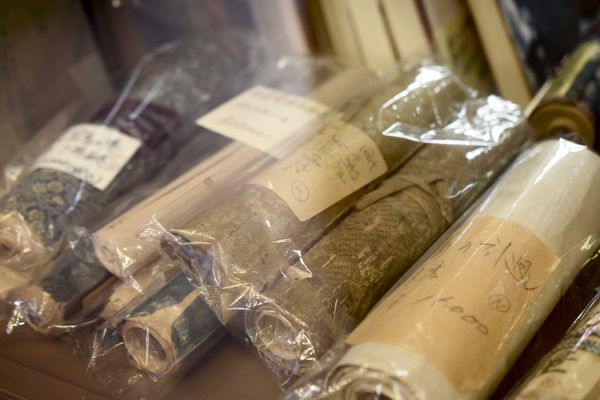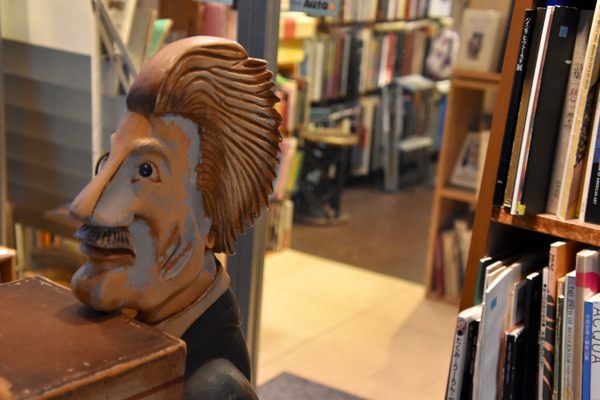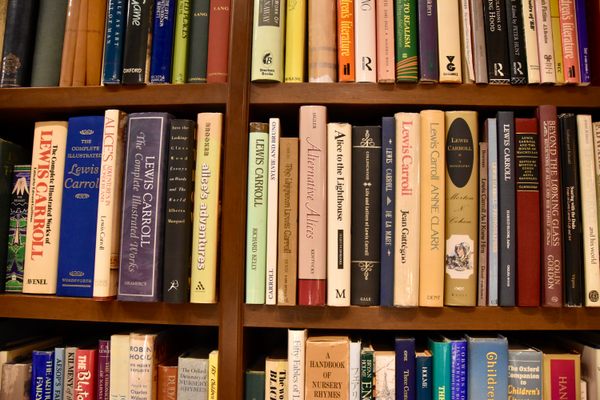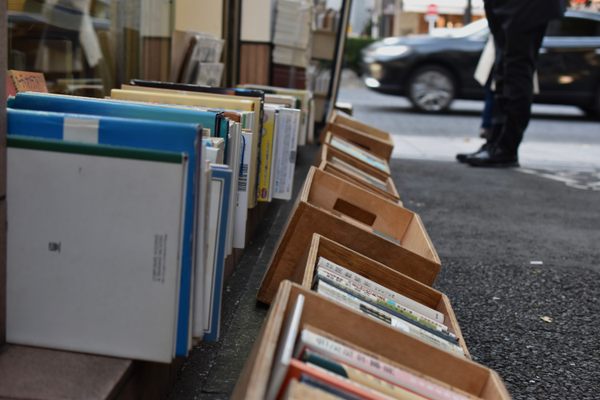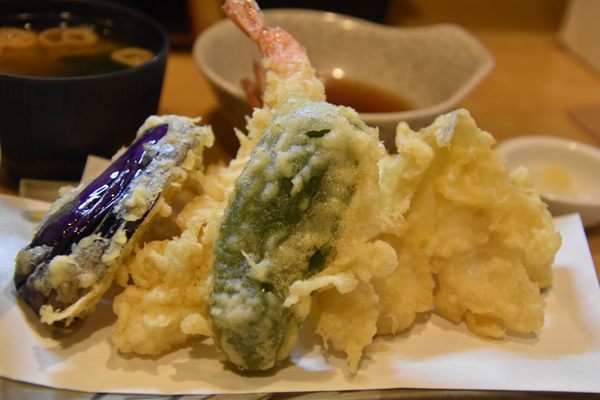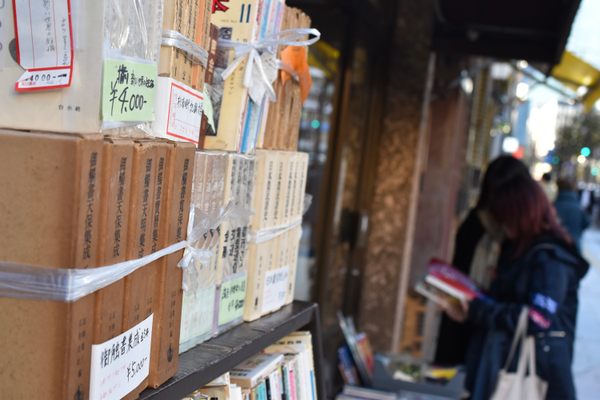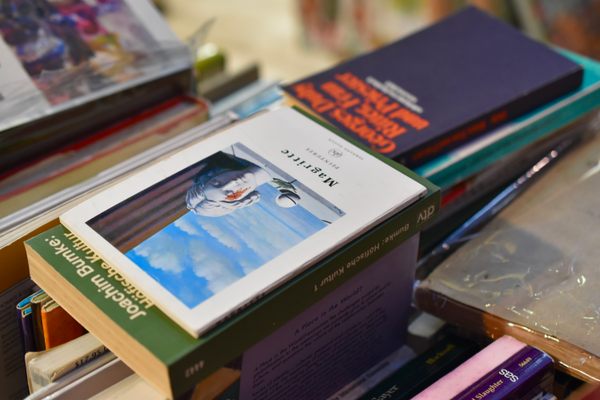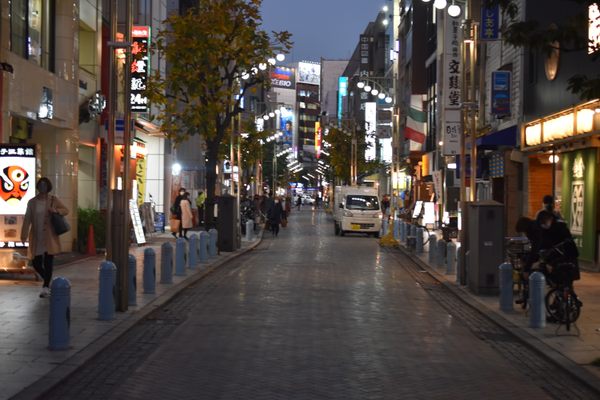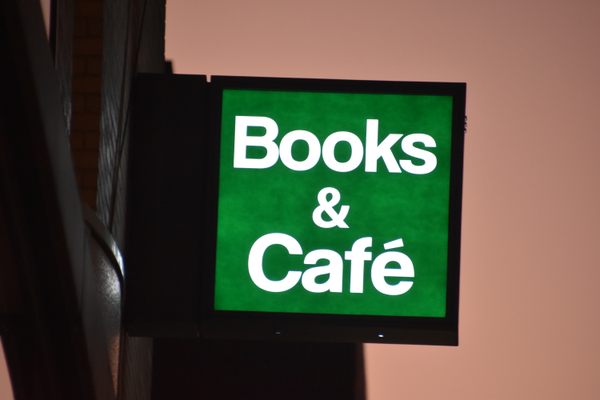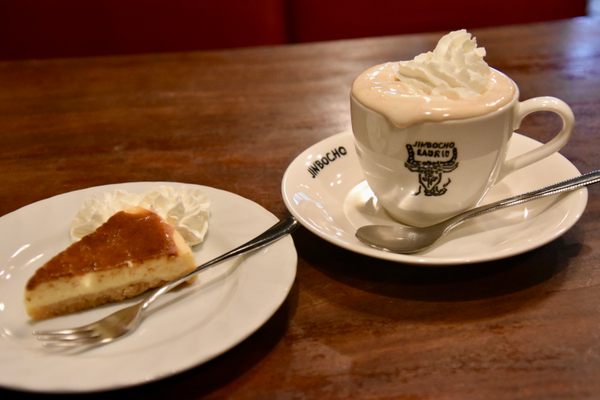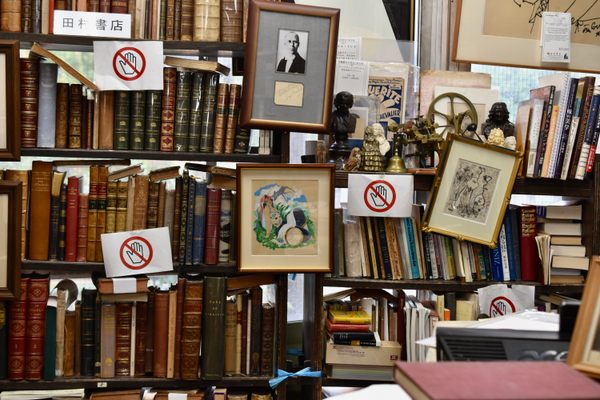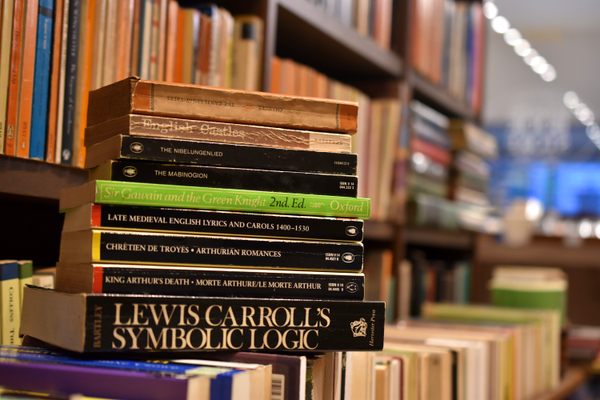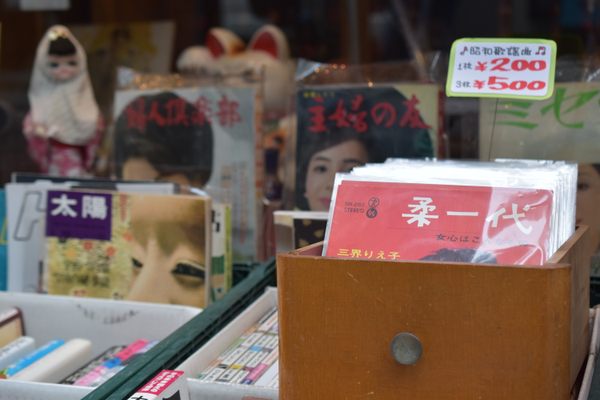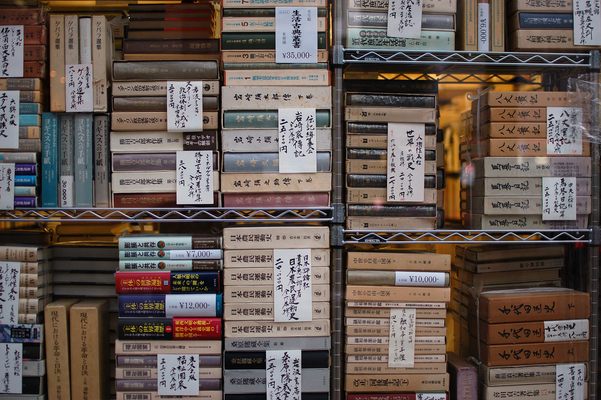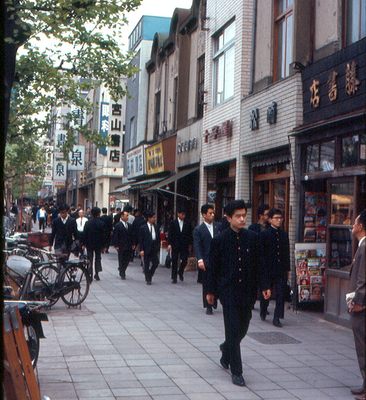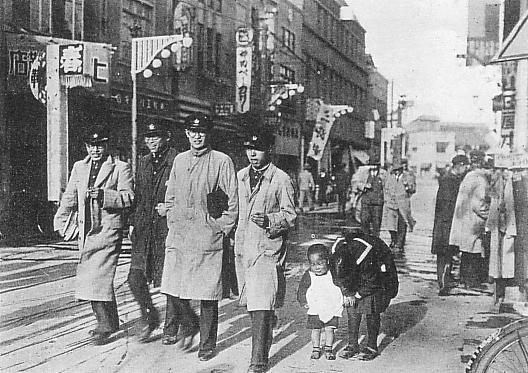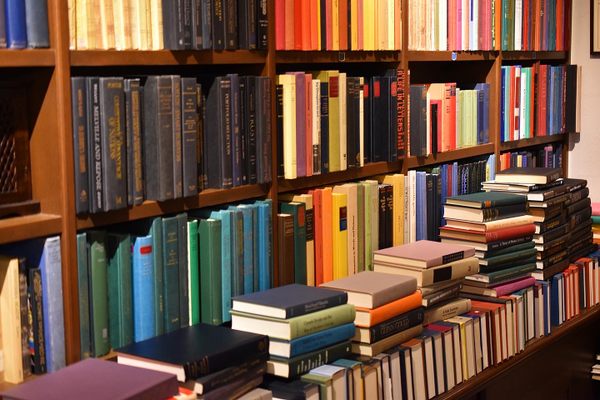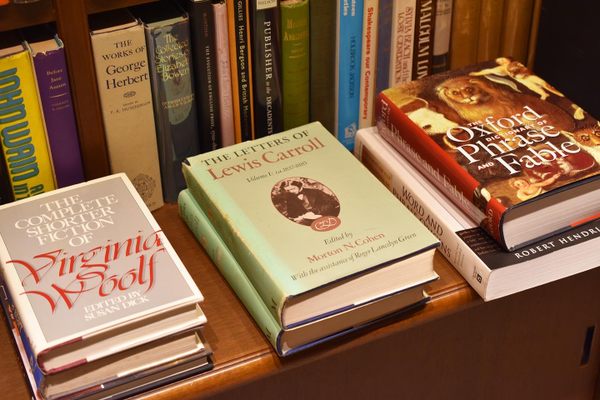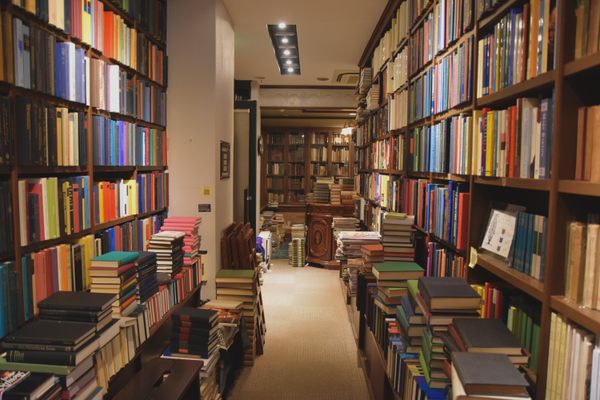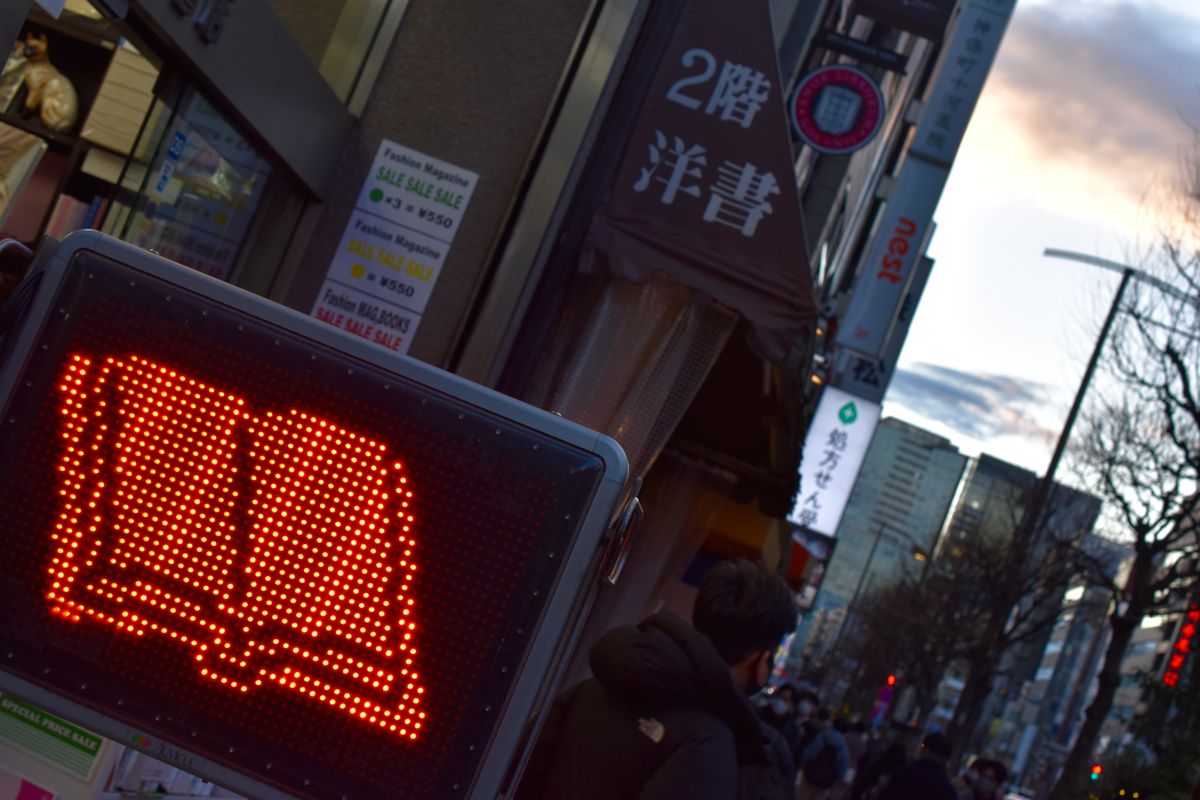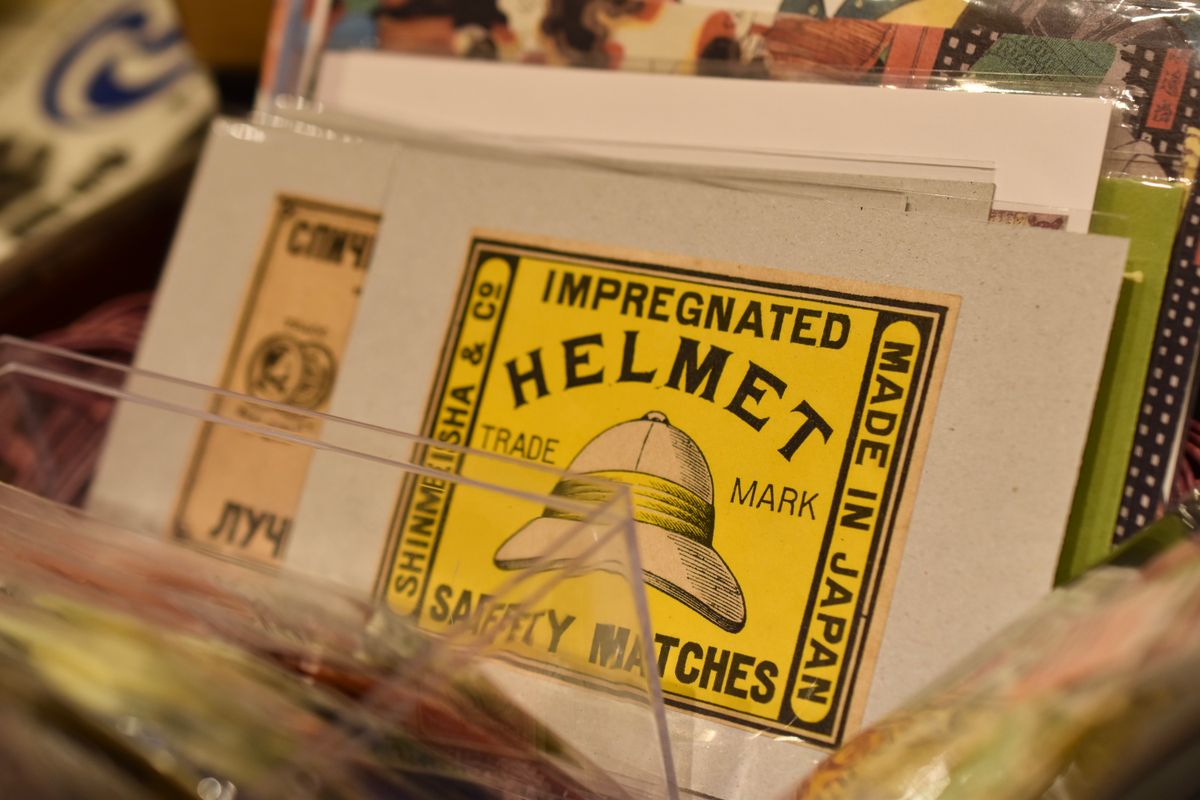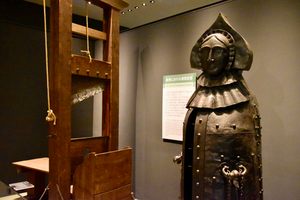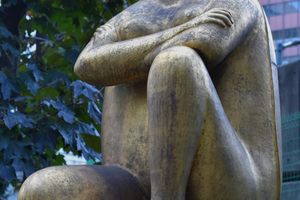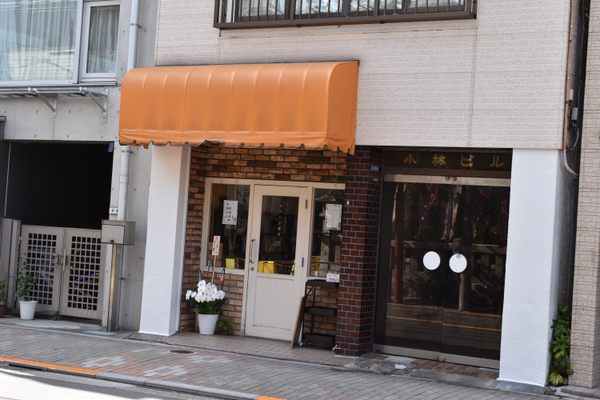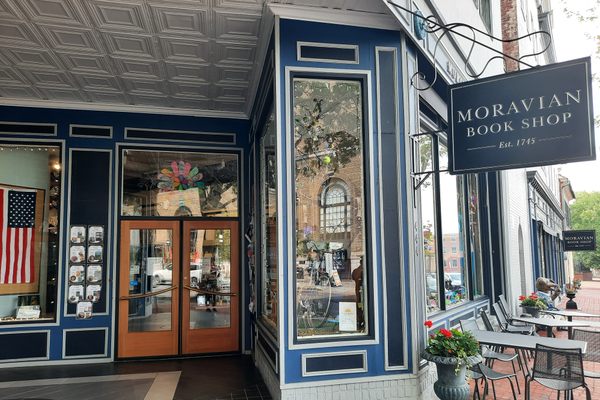About
Jimbōchō Book Town is one of the world's oldest surviving and largest-scale book towns, perhaps second only to Kaifeng, China. There are said to be at least 400 bookstores in the district, where one-third of secondhand books in all of Tokyo can be found.
The book town can trace its roots to the early 1880's when several law schools were founded in the Kanda-Jinbōchō area. This was followed by the opening of several bookstores that served the needs of the students, many of whom sold off their textbooks by the end of the semester. Freshmen would come to buy cheap secondhand textbooks, creating a tradition that would go on for years.
Miraculously, the district survived the Bombing of Tokyo during World War II, which destroyed most of the city. The book town flourished again once the war was over.
And today, Jimbōchō is known for its hundreds of bookstores specializing in a variety of specific genres, such as classic literature, philosophy, art, pop culture, science, foreign and rare antiquarian books. Many of the shops display their discount items on open-air bookshelves, luring bibliophiles in with that distinct scent of well-aged paper.
The area is also home to numerous publishing company headquarters, from Iwanami to Shūeisha (famed for its Jump manga magazines), curry restaurants, and cafés boasting decades of history and associations with illustrious authors. Especially worth mentioning is the Ladrio, a retro café that was established in 1949 as a bookshop’s reading room, known as the first to introduce Viennese coffee to Japan—ideal for the book town since the whipped cream kept the coffee hot while intellectuals sat and debated for hours.
Related Tags
Know Before You Go
As stated above, each bookstore specializes in specific genres and media. If you’re looking for English books, you may want to check out the Kitazawa Book Store, Sūbunsō, or Isseidō. Some stores may have a strict “no photography” rule inside.
Also worth noting is the murals at Jimbōchō Station, whose patterns imitate shelves full of books.
Hidden Japan: Sado Island, Nara & Kyoto
Explore a different side of Japan.
Book NowCommunity Contributors
Added By
Published
October 20, 2021
